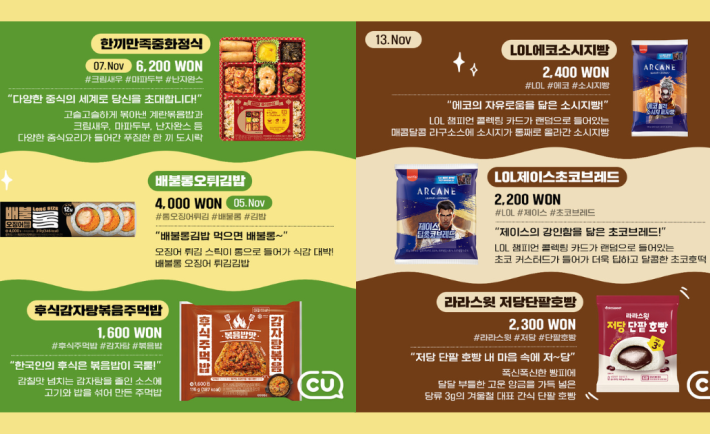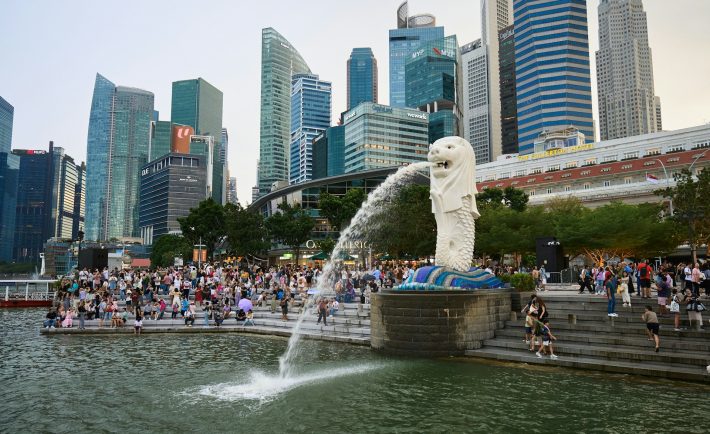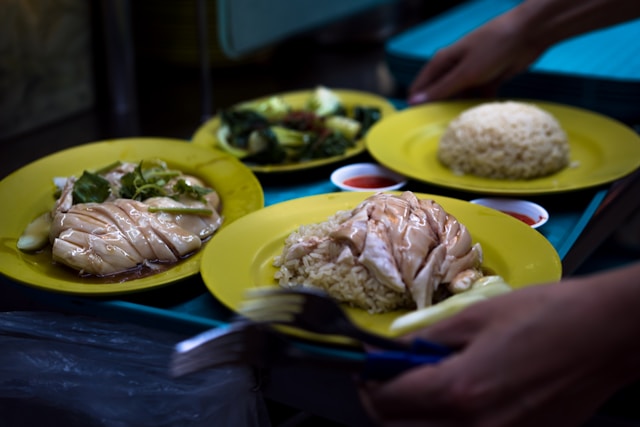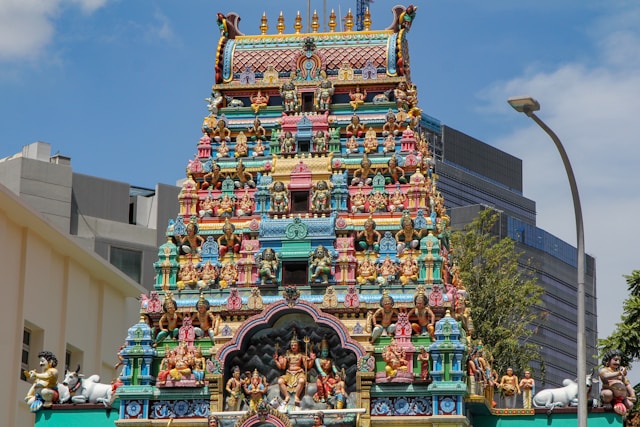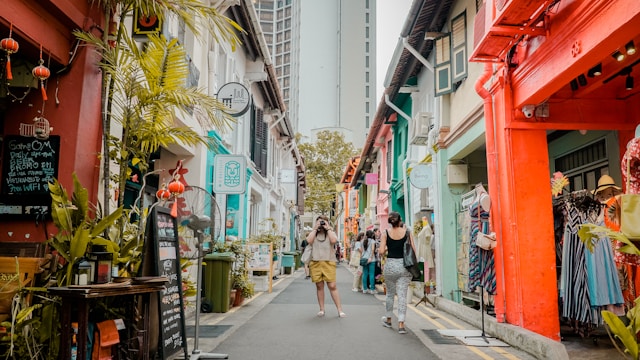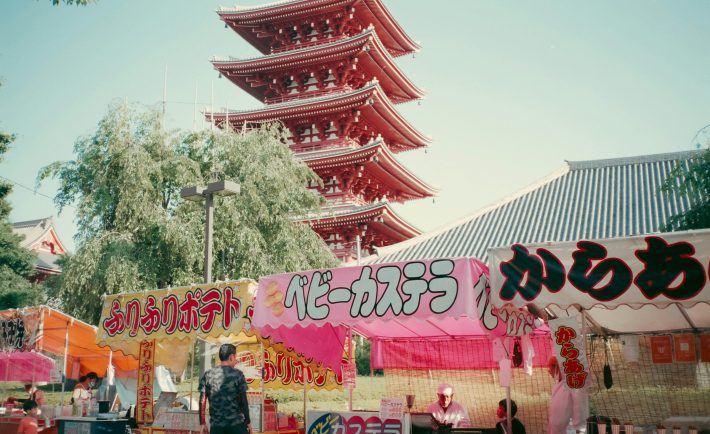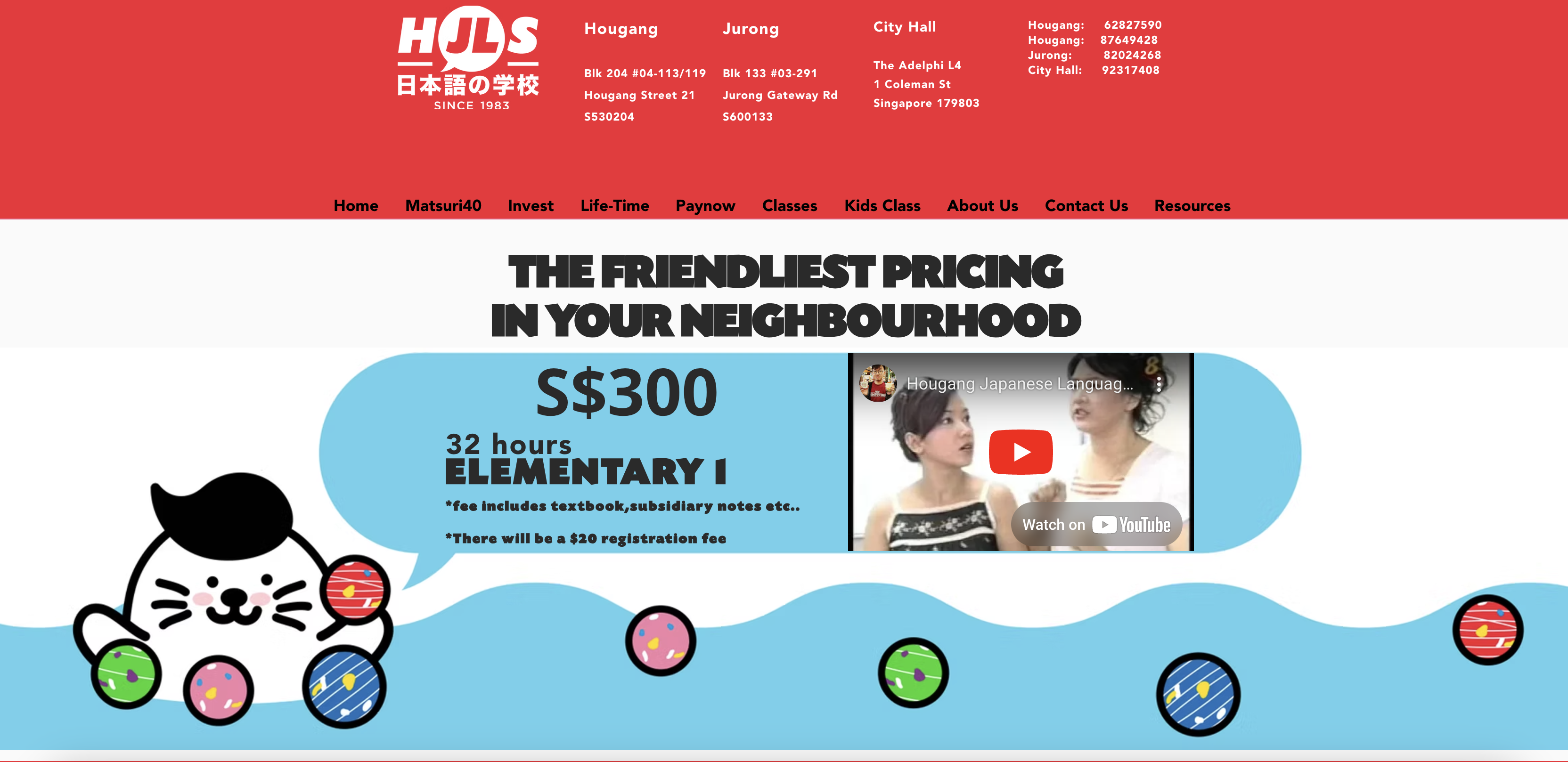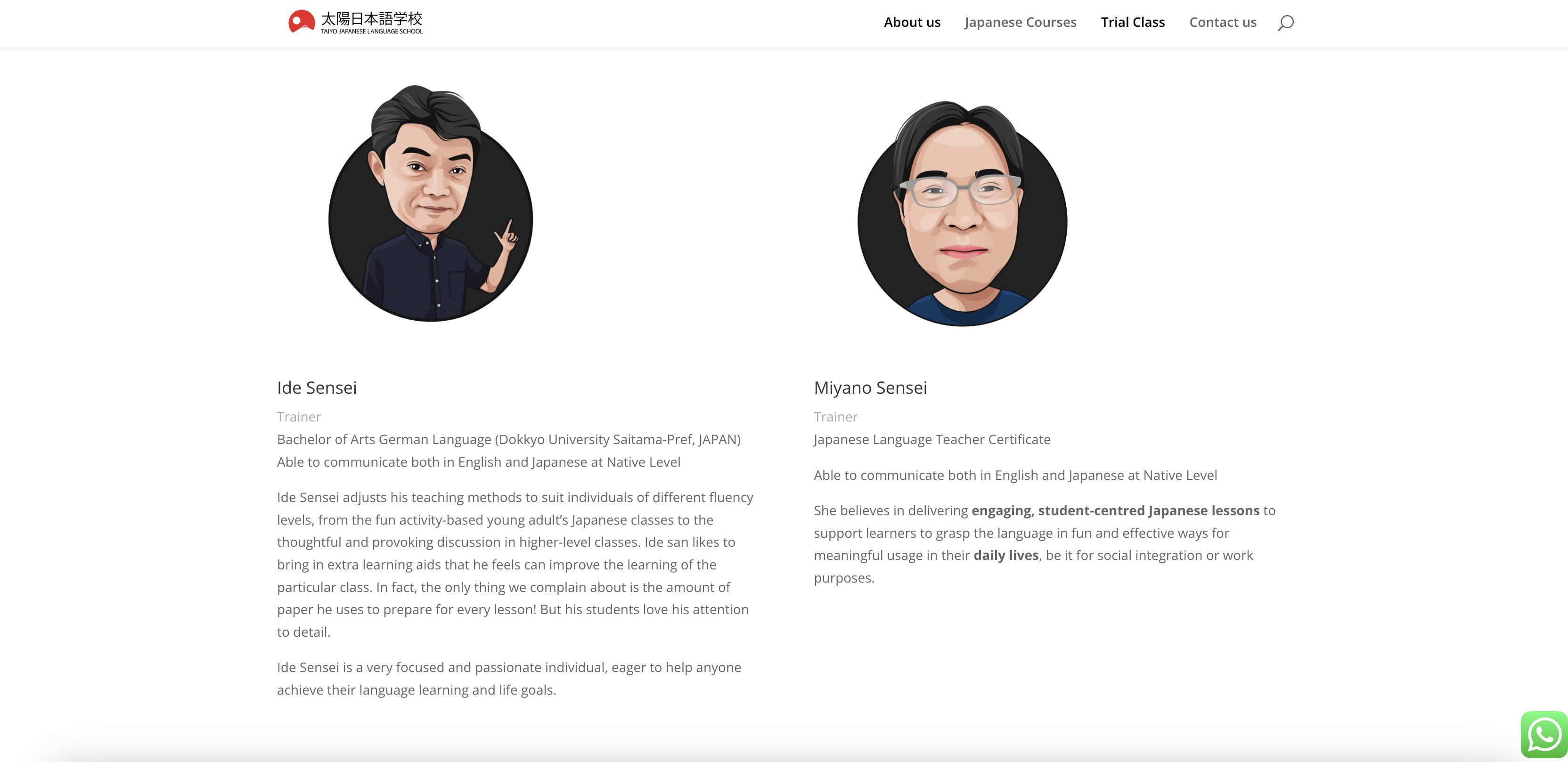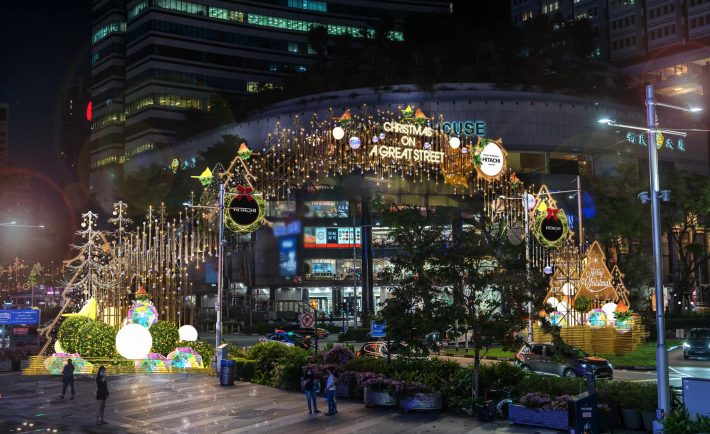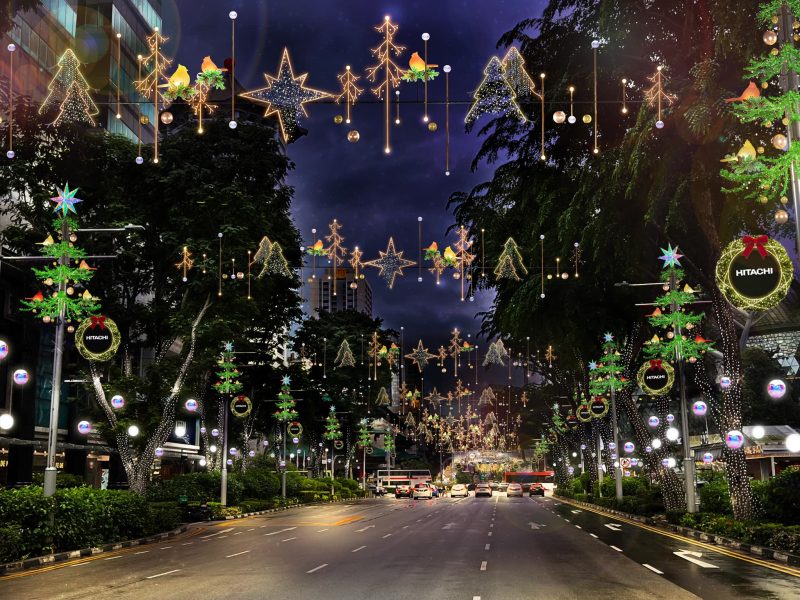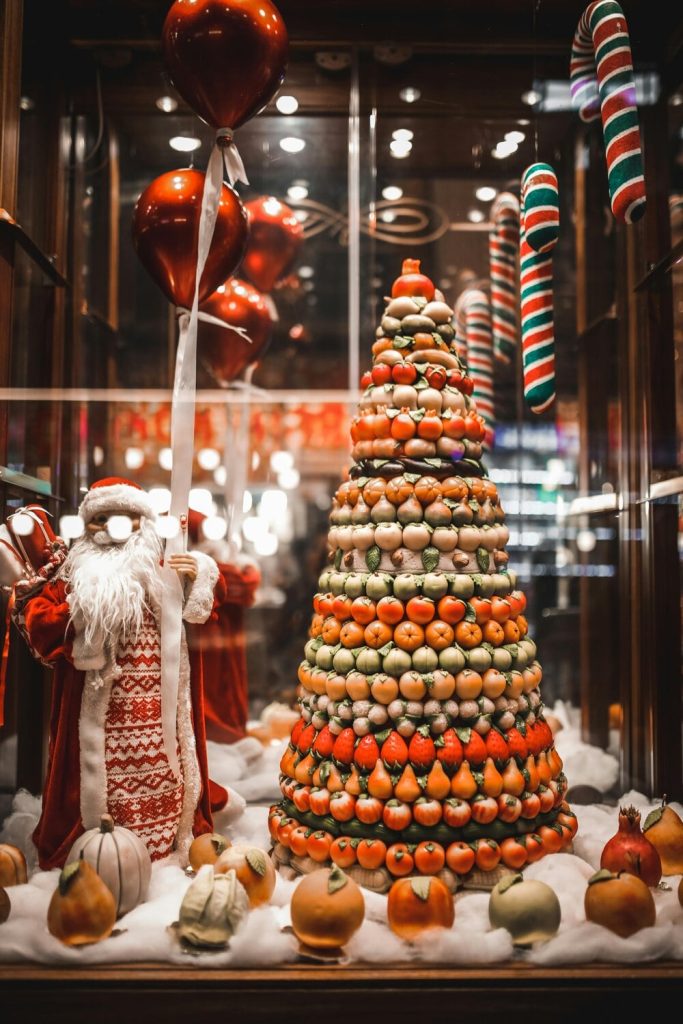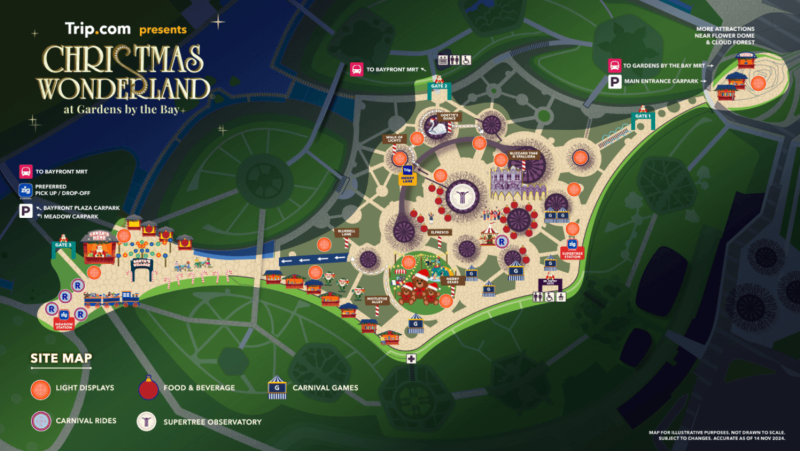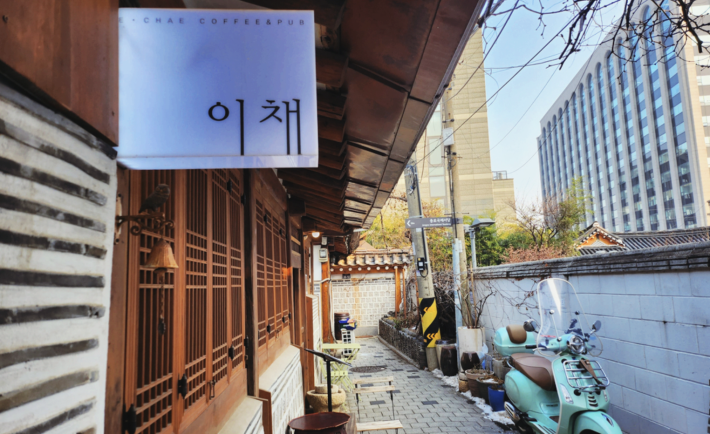Let’s cut to the chase.
Here’s a list of newly launched foodstuffs this month from CU, a well-known Korean convenience store chain located almost at every corner you turn in kimchi land.
Have fun searching!
#1a: 405 Bakehouse’s Potato Cheese Steamed Bagel (3,400 KRW; approx. 3.28 SGD)
#1b: 405 Bakehouse’s Sweet Potato Cheese Steamed Bagel (3,400 KRW; approx. 3.28 SGD)
#1c: Rilakkuma’s DIY Face Cookie (2,500 KRW; approx. 2.41 SGD)
#2a: Zeroweet’s Zero Sugar Vanilla Bar (3,300 KRW; approx. 3.18 SGD)
#2b: Zeroweet’s Zero Sugar Chocolate Bar (3,300 KRW; approx. 3.18 SGD)
#2c: Rilakkuma Stick Bar Caramel (Ice Cream) (2,800 KRW; approx. 2.70 SGD)
#3a: Chinese-style Dosirak (6,200 KRW; approx. 5.98 SGD)
#3b: Fried Squid Kimbab (Long Size) (4,000 KRW; approx. 3.86 SGD)
#3c: Gamjatang (Triangle) Fried Rice Ball (1,600 KRW; approx. 1.54 SGD)
#4a: Cheese Meat Sauce Pasta (5,500 KRW; approx. 5.30 SGD)
#4b: Meat Croquette Burger (3,400 KRW; approx. 3.28 SGD)
#4c: Fish Cake Bar (Hot Jalapeno) (3,500 KRW; approx. 3.37 SGD)
#5a: Jib-bab’s Fried Anchovies Chili Pepper Triangle Rice Ball (1,200 KRW; approx. 1.16 SGD)
#5b: Jib-bab’s Jangjorim Triangle Rice Ball (1,300 KRW; approx. 1.25 SGD)
#5c: Jib-bab’s Seasoned Shredded Squid Triangle Rice Ball (1,200 KRW; approx. 1.16 SGD)
#6a: Geum-mi-ok’s Rice Cakes (3,700 KRW; approx. 3.57 SGD)
#6b: Seafood Flavored Peanuts (2,800 KRW; approx. 2.70 SGD)
#6c: HEYROO’s Rice Syrup Conch Shaped Snack (1,500 KRW; approx. 1.45 SGD)
#7a: S’more Beef Burger (3,600 KRW; approx. 3.47 SGD)
#7b: Deep Cheese Beef Burger (3,500 KRW; approx. 3.37 SGD)
#7c: Teriyaki Chicken Burger (3,500 KRW; approx. 3.37 SGD)
#8a: Chicken Breast Garlic Bar (1,900 KRW; approx. 1.83 SGD)
#8b: Chicken Breast Cheese Bar (1,900 KRW; approx. 1.83 SGD)
#8c: Coffee Milk (South Korean Shooter Kim Ye-ji’s Pick) (1,800 KRW; approx. 1.73 SGD)
#9a: Rilakkuma Jelly (Tangerine) (1,600 KRW; approx. 1.54 SGD)
#9b: Digimon Apple Mango Iced Tea (2,600 KRW; approx. 2.51 SGD)
#9c: Peach Iced Tea (2,600 KRW; approx. 2.51 SGD)
#10a: Egg Salad with Strawberry Jam Sandwich (South Korean Table Tennis Player Shin Yu-bin’s Pick) (3,300 KRW; approx. 3.18 SGD)
#10b: Giant Ricotta Tuna Sandwich (4,000 KRW; approx. 3.86 SGD)
#10c: Giant Ham Potato Tuna Sandwich (4,000 KRW; approx. 3.86 SGD)
#11a: LOL Ekko Sausage Bread (2,400 KRW; approx. 2.31 SGD)
#11b: LOL Jayce Choco Bread (2,200 KRW; approx. 2.12 SGD)
#11c: Lalasweet’s Low Sugar Red Bean Steamed Bun (2,300 KRW; approx. 2.22 SGD)
#12a: Sweet Coffee Original (South Korean Shooter Kim Ye-ji’s Pick) (2,600 KRW; approx. 2.51 SGD)
#12b: Sweet Coffee Hazelnut (South Korean Shooter Kim Ye-ji’s Pick) (2,600 KRW; approx. 2.51 SGD)
#12c: Honey Pear Syrup (1,200 KRW; approx. 1.16 SGD)
#13a: Knotted Earl Grey Cream Donut (3,500 KRW; approx. 3.37 SGD)
#13b: Strawberry Yogurt Roll (Cake) (3,900 KRW; approx. 3.76 SGD)
#13c: Steamed Corn Mini Sand(wich) (2,300 KRW; approx. 2.22 SGD)
#14a: Grilled Onion Hotdog (Bun) (3,700 KRW; approx. 3.57 SGD)
#14b: Buldak Corn Cheese Steamed Hotdog (3,900 KRW; approx. 3.76 SGD)
#14c: Bulgogi Flavored Flank (2,200 KRW; approx. 2.12 SGD)
#15a: PIG’s Granola Salad (4,500 KRW; approx. 4.34 SGD)
#15b: PIG’s Chicken Tender Salad (4,500 KRW; approx. 4.34 SGD)
#15c: POP! Cup Butter Whole Potatoes (4,500 KRW; approx. 4.34 SGD)
All image credits to CU.

